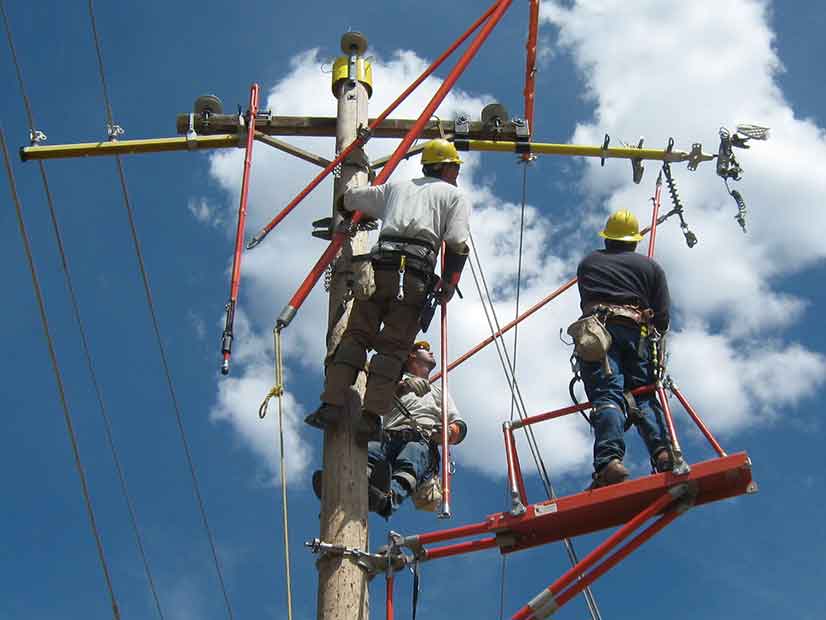FERC on Thursday declined to take up a dispute between a western Colorado electric cooperative and an Xcel Energy subsidiary over how qualifying facilities are connected and counted.
Holy Cross Electric Association has been locked in a disagreement with Xcel subsidiary Public Service Company of Colorado (PSCo) since trying to add a solar-and-storage generation facility to its QF collection earlier this year. The 52-MW Hunter Mesa solar facility, with an additional 50-MW battery storage capability, has yet to receive QF certification under the Public Utility Regulatory Policies Act.
FERC said Holy Cross’ ask for the commission to make a sweeping decision on its and PSCo’s QF procedures based on the Hunter Mesa facility alone was inappropriate (EL21-65).
Using its conflict with PSCo over the Hunter Mesa interconnection, Holy Cross argued that FERC should affirm that the co-op has the authority to:
-
-
- offset its capacity service obligations with PSCo through power purchased from QFs connected to its system;
- use firm transmission service to transport power from QFs over the integrated system owned by both it and PSCo;
- connect QFs to its system with its own interconnection procedures and to request new delivery points on the jointly owned system “as needed” to serve load on its system.
-
Holy Cross also asked that the commission find that Xcel’s interpretation of their power supply agreement (PSA) and transmission integration and equalization (TIE) agreement are flawed. The co-op said it has the “absolute right” to purchase capacity from QFs and have the purchases exempted from the PSA. The co-op argued that PSCo offers capacity offsets for its purchases from a nearby biomass QF.
But PSCo countered that in this case, Holy Cross will purchase QF output from Hunter Mesa that would exceed local load requirements and create an imbalance between generation and load. The company maintained that surplus power injections are not entitled to firm transmission service on the integrated system under the TIE agreement.
PSCo said “a new delivery point is not appropriate where Holy Cross’ loads are already adequately served under the existing delivery points and the express purpose is instead to inject power onto the grid.”
PSCo also said that because it operates the integrated system between itself and Holy Cross, it must process the Hunter Mesa interconnection request and determine whether a new delivery point is warranted. It further argued that the point of interconnection Holy Cross was eyeing for Hunter Mesa is located on a 138-kV line on its transmission system and that the facility would need to become an interconnection customer under the Xcel tariff.
Holy Cross countered that its QF purchases are for delivery to its own load. It also said there’s nothing in the PSA or TIE agreement that “limits the right to capacity offsets to the amount equal to or less than the local load.”
FERC dismissed Holy Cross’ petition without addressing the arguments.
“In its petition, Holy Cross provided its proposed arrangement with Hunter Mesa as an example of a QF located on Holy Cross’ system. However, Holy Cross’ petition actually seeks relief for QFs more generally, and the petition is not limited to Hunter Mesa. In this case, we find that, given the facts and circumstances presented, it would be improvident to make the more generic findings regarding QFs that Holy Cross seeks,” the commission said.
FERC also said it would not interpret the PSA and TIE agreement at this time.
“Even if we were to interpret the petition to seek relief regarding Hunter Mesa specifically, Holy Cross’ assertions are too speculative upon which to base a determination. With respect to Holy Cross’ request that the commission find that PSCo’s interpretation of the PSA and TIE agreement violates the filed rate, we similarly find on this record that it would be improvident to address whether PSCo by its interpretation has violated the filed rate.”



